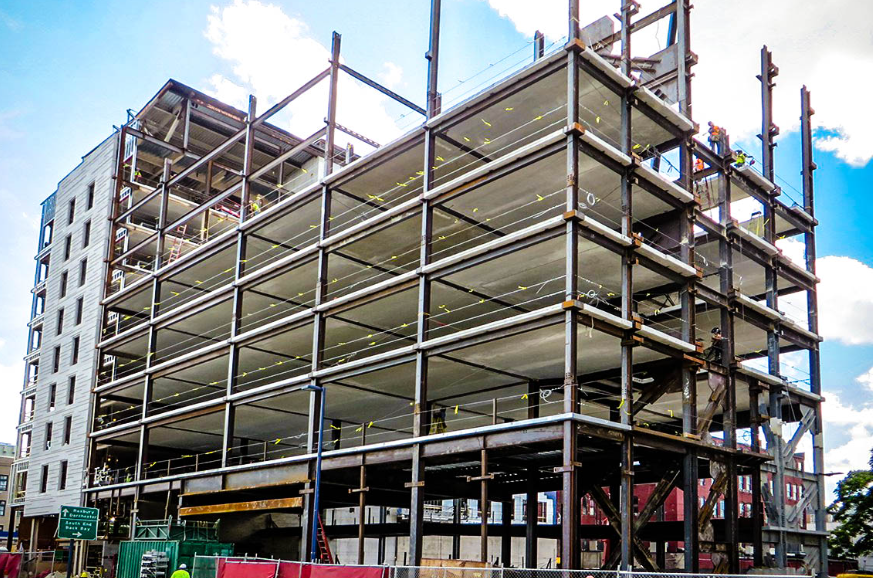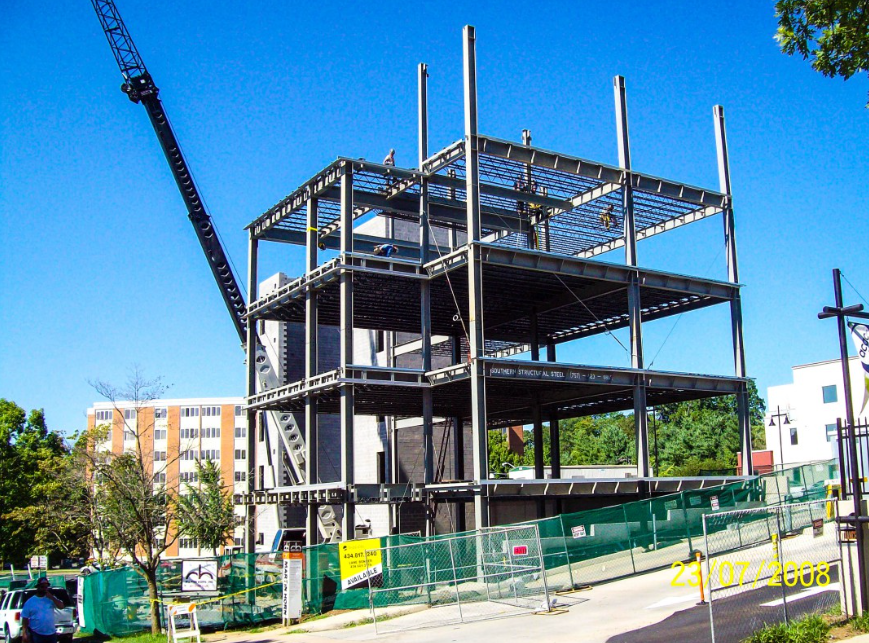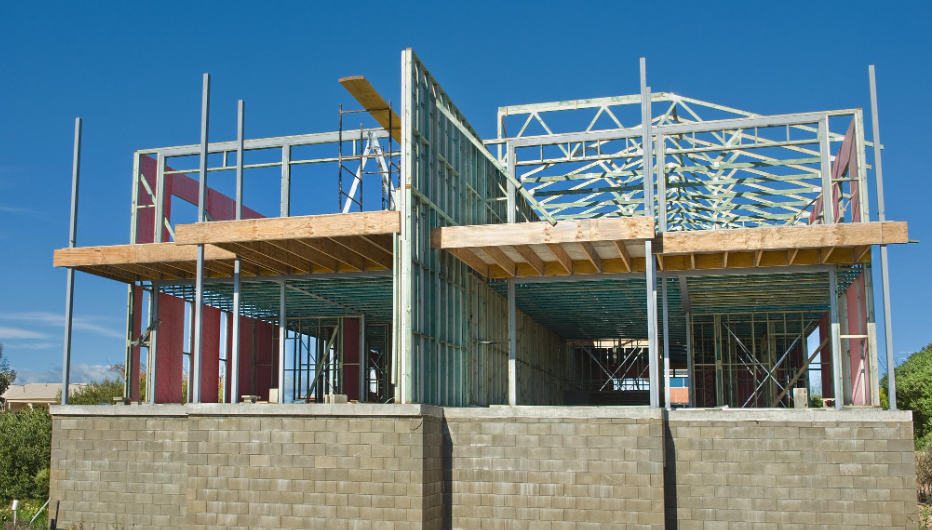What is Prefabricated Steel Structure?
With the gradual improvement of incentive policies and standards, prefabricated steel structures have undergone further development and have gradually entered people's purview. Today, let's explore the unique characteristics of this building method.
Prefabricated buildings are structures where components are manufactured in a factory and then assembled at the construction site. Secondly, prefabricated buildings utilize steel as the framework and innovative thermal insulation wall materials as the enclosing structure for residential buildings. As the name suggests, prefabricated steel structures combine these two elements: a portion of the steel framework is produced in a factory, and then transported to the construction site where it is assembled through welding, bolting, or riveting.

Due to the light weight, low cost, and ease of construction of steel structures, coupled with the simplicity and efficiency of prefabrication, they have been widely used in factories, stadiums, sports venues, and other buildings since their inception.
Compared to traditional buildings, prefabricated steel structures offer the following advantages:
1.Elasticity and Wind Resistance
Prefabricated steel structures primarily use steel, which is an elastically deformable material. Coupled with the light weight, good ductility, and high strength of steel structures, they exhibit strong elasticity and wind and earthquake resistance.

2.Aesthetic Appeal and Short Construction Period
Unlike traditional buildings, steel structures offer greater plasticity in design. Prefabricated steel structures use steel as the main component and thermal insulation boards as walls, replacing traditional non-renewable resources such as bricks, cement, and sand, thereby promoting environmental protection. Additionally, prefabricated steel structure materials are pre-fabricated in advance for use in the project. On-site workers simply connect them using welds, bolts, or rivets according to the drawings. The entire process is dry work, reducing environmental pollution, and most materials are produced in the factory, significantly shortening the construction period.
3.Thermal Insulation
The wall system of prefabricated steel structures incorporates thermal insulation materials such as OSB (Oriented Strand Board), cement pressure boards, extruded polystyrene boards, and rock wool insulation during construction, providing insulation equivalent to 10 times the thickness of brick-concrete walls.

4.Fire Safety
Regarding fire protection technology in prefabricated steel structures, one of the key issues is that the fire resistance rating of steel residential buildings must reach Class IV. To meet the one-hour fire resistance requirement, ordinary firewalls and partition walls are protected with gypsum board. Additionally, glass fiber is filled between wall columns and between floor slabs, providing positive protection against fire and heat transfer.



